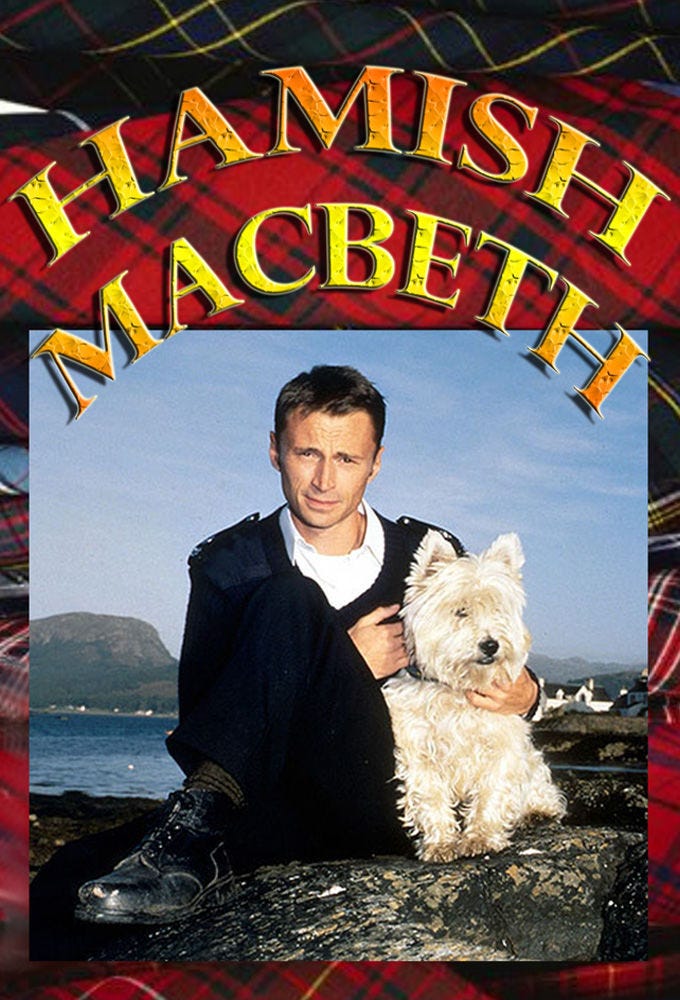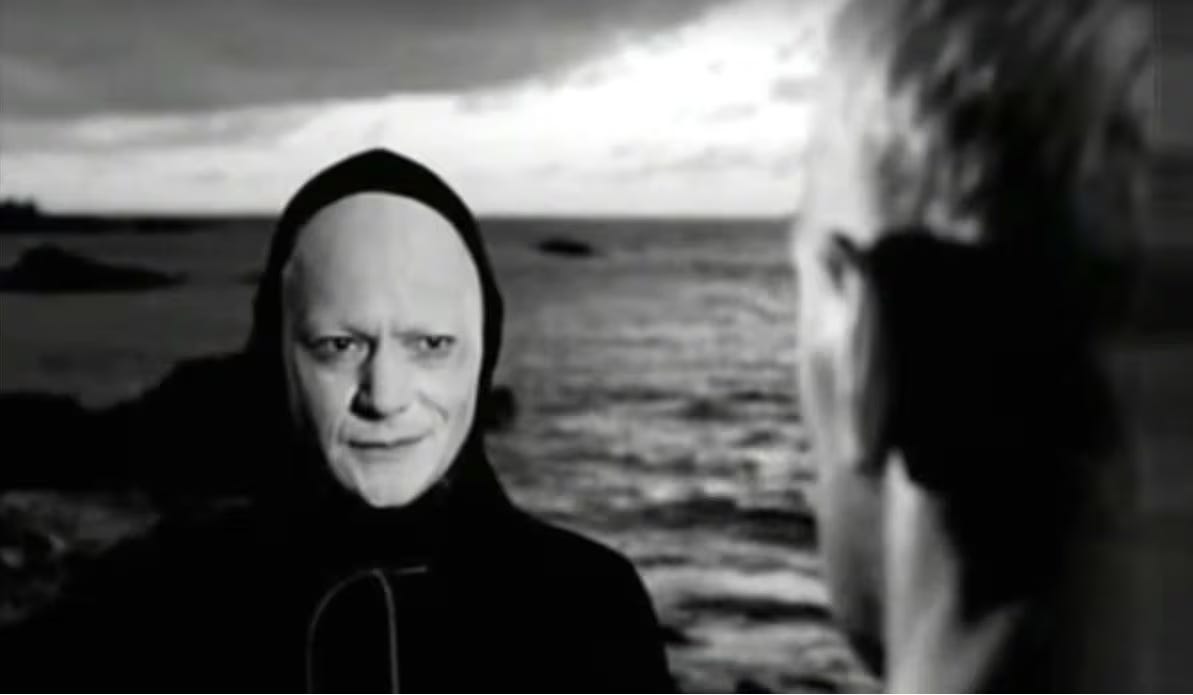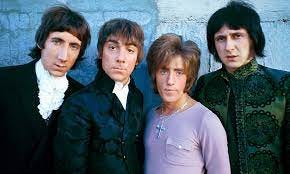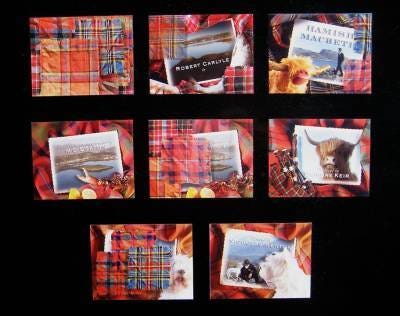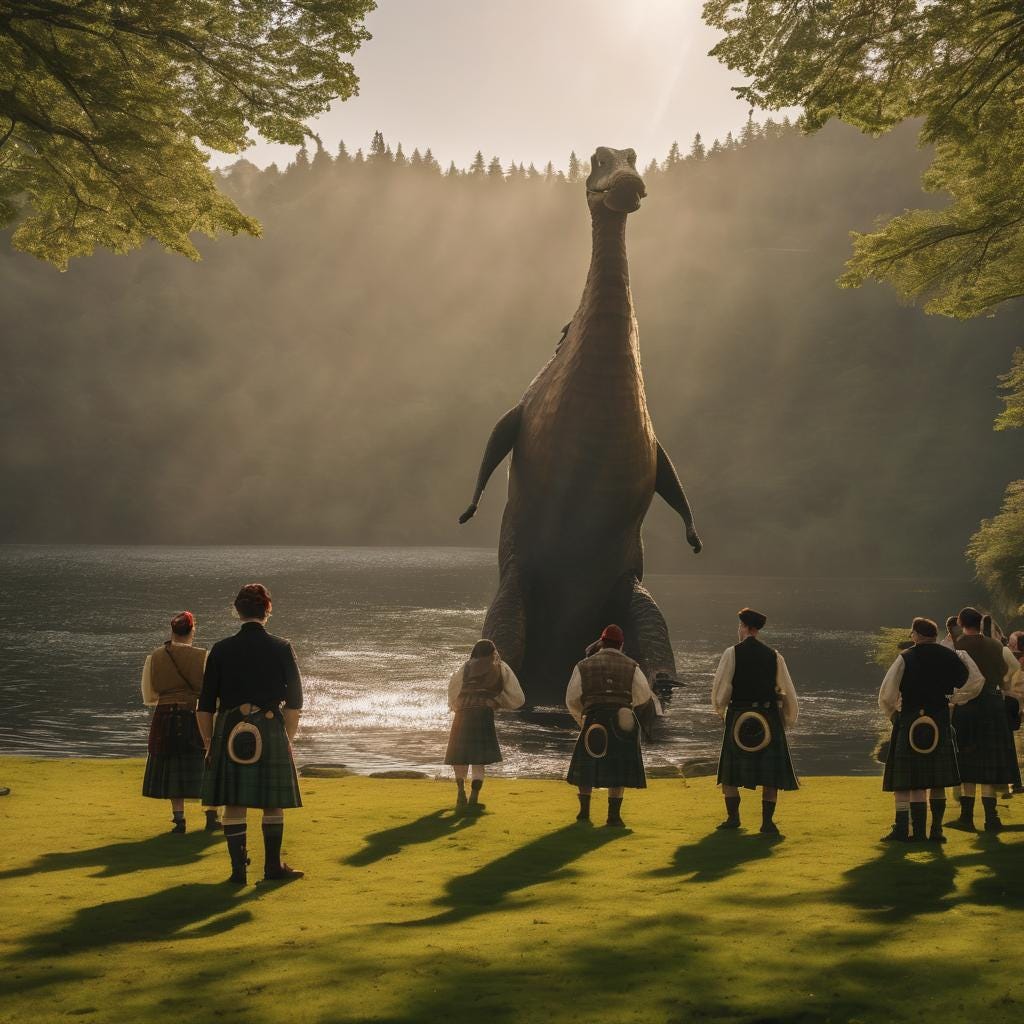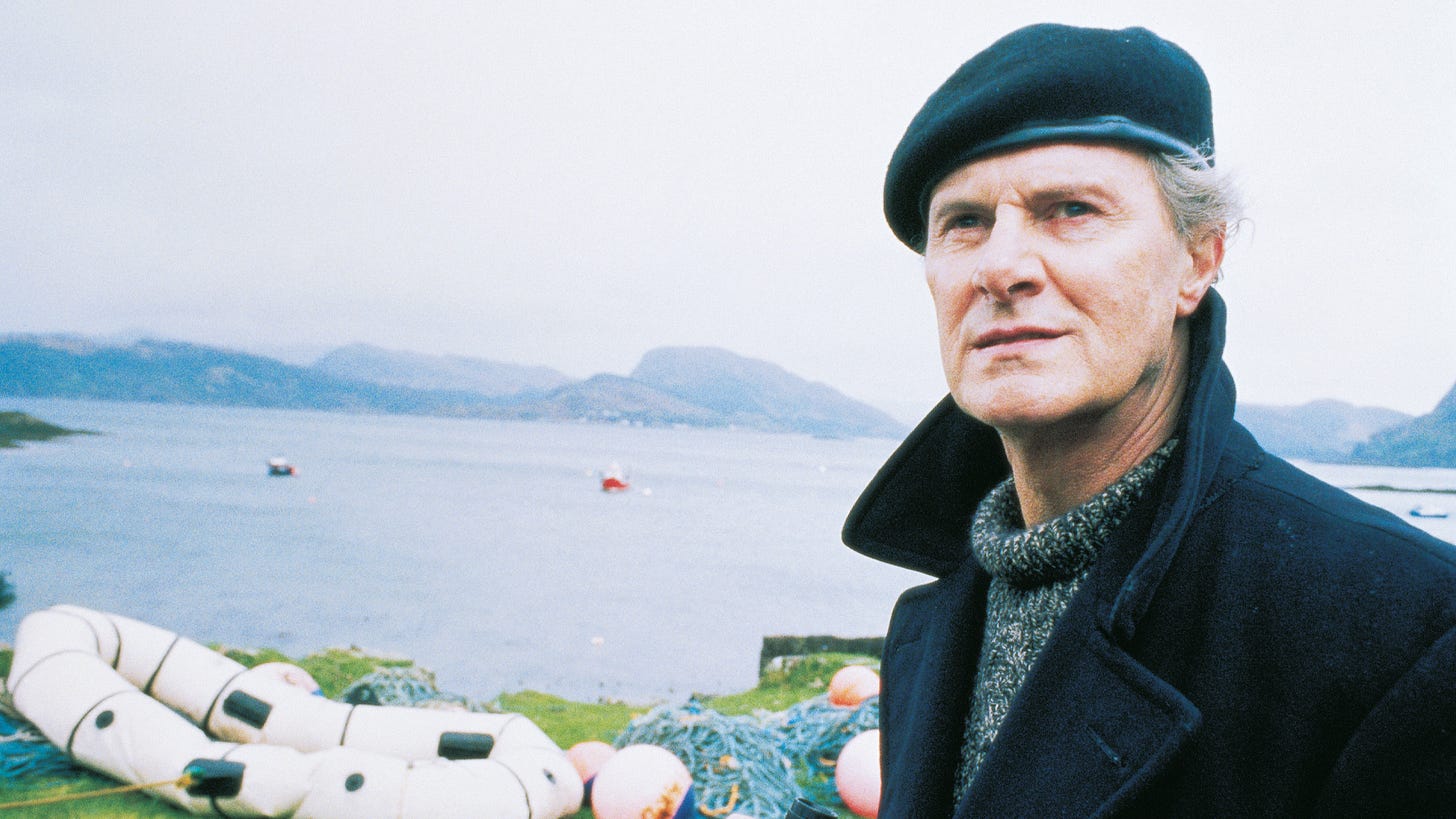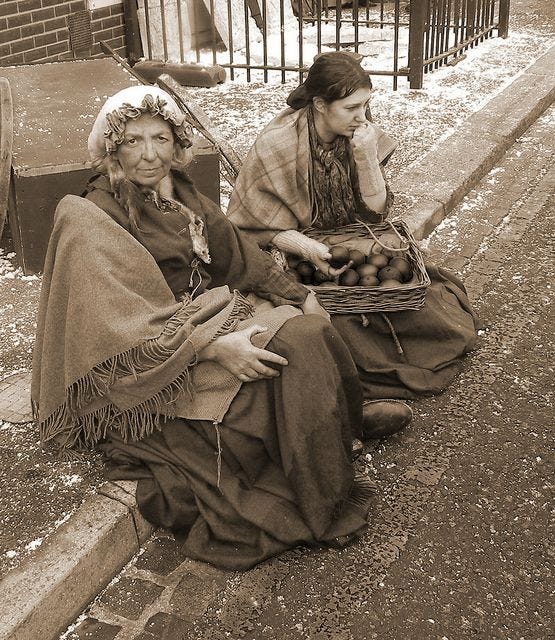There’s nothing more popular on telly right now than ‘cosy crime’. The latest trend seems to have been sparked by Rian Johnson’s Knives Out and followed by Disney hit Only Murders in the Building. We all love that Agatha Christie style puzzle that comes together at the end with a room full of rogues and one ready-to-confess killer.
But in truth cosy crime has never gone away- there’s always an Agatha Christie adaptation on the go somewhere in the world, and TV schedules are full of quaintly named would-be detectives; Rosemary and Thyme or Agatha Raisin for instance, or the ones with unlikely occupations Father Brown and Sister Bonniface. The BBC are even running workshops for professional writers- 3 days in the Cotswolds and they’ll teach you all you need to pitch the next cosy crime episode.
So what makes it so cosy in the first place? Is it all about the tone? The fact that a killer is on the loose should be horrifying, but here it’s not. We can sit back, enjoy a cup of cocoa and watch very middle class – or upper class- people get done away without fear of gory scenes or an existential crisis about our own mortality.
But I think it’s more than just tone- I think the cosiness comes from the thought that there is any sort of rationale behind murder. We are pleased to hear the explanations; whether it be revenge, jealousy, inheritance or love, as long as we know why someone’s life came to an end we can applaud the hard work of the detective and feel satisfied at the conclusion. But according to my in depth research of the Baltimore police department (through David Simon’s book Homicide, David Simon’s TV series Homicide; Life on the Streets, and David Simon’s HBO series The Wire) I learned that police rarely bother themselves about the why of murder as long as they get the what, where, when and the who.
Which brings me to a cosy crime with distinct Scottish flavour that every single Scottish person enjoyed in the mid 90s; Hamish Macbeth. Hamish was a lone cop in a Highland community and co-existed on the telly landscape with soap Take the High Road and gritty crime drama Taggart. The series ran from 95 to 97 and starred the immense talents of Robert Carlyle and every Scottish actor around at the time. It’s also amazing to think that Carlyle took time out in the middle of this cosy story to play one of cinema’s radgest psychopaths of all time, Begbie, in 96’s Trainspotting. This guy did not want to get typecast.
But is Hamish Macbeth cosy crime? Why do the BBC keep trying to reboot it? Was it actually any good, or was it just good ‘for the times’? Let’s dive into the memory hole!
My Memory:
Even the name Hamish Macbeth seems like some sort of pun of twee Scottishness, like something a Scottish AI generator would hallucinate. But somehow this show had some edge. I don’t know if it was just Robert Carlyle and his innate coolness, or if there was more to this picturesque Plockton filmed drama. I seem to remember Hamish wasn’t averse to a wee puff of a silly cigarette (which I believe is their street name in Lochdhub) but did he have any other classic detective vices? Was he an alcoholic? Did he like staring into the middle distance in a mood? I have vague memories of it being quirky- and I think there was an old guy who was his friend- although my brain might be mixing it up with Lovejoy- the leather jacket wearing antique dealing rogue for your Sunday night pleasure. Maybe that’s for another Memory Hole. Anyway, back to the wee Highland village. Will it live up to my crumby shortbread recollections?
The Reality:
The intro kicks off with more tartan tat than a production of Brigadoon directed by Sir Walter Scott starring the Loch Ness monster.
The series is based on books by MC Beaton, a Glaswegian woman with the productivity levels I can only weep at. She went on to write the Agatha Raisin series. The episode is written by Daniel Boyle (not Danny) and he’s come from the prestigious house of Morse.
The episode starts with Hamish helping cover for a poacher against a shotgun wielding land owner. He may be dressed like a plod, but he’s already scoring cool points.
So I was right about the old man friend- TV John, so named because he was the first to have a telly in the village. This guy can wheel and deal, break up fights and wear the hell out of a beret.
Hamish’s vice seem to be books, with attractive authors on the back page. Foreshadowing for something?
Lachlan Macrae, Geordie Rob, Whisky Bob. Some great names and guess what- Whisky Bob is an alcoholic! He’s played by John Grieve who had a distinguished career but will mostly be remembered for royally fucking up a live Hogmanay broadcast. This already makes me feel sad for him.
The Macraes are your petty criminals it seems, they’re about to rob the local store. They put socks on their heads whilst wearing ‘Macrae and sons’ overalls. Brilliant. This isn’t the first crime on screen, but stealing salt doesn’t seem worthy of a TV episode. There must be something more sinister going on.
The hot author has arrived in town with her posh publisher. He instantly makes an enemy of Hamish by laughing at his name. “What a super name” says Peter Peterson the publisher.
Lucy – Geordie Rob’s wife- is a mess. She’s been battered so badly she’s bed ridden. Weirdly they mostly show her in a profile shot. This shows us she is a plot point and not really an important character.
Hamish talks to the Macraes and susses them out for the salt theft. His detective style seems to be a droopy cigarette coupled with a decent Clint squint (pictured).
So we’re about half way through the episode now and the story takes a pause for Hamish to have a puff with his dealer pal Doctor and slip into a reverie about the hot author. It feels like nothing much is happening. But if you enjoy the ambience, highland cows wandering the streets, petty crime, insurance fraud and wife battery, this does seem rather cosy so far.
It’s the exact midpoint now and Big Geordie Rob’s car has been found abandoned up the Devil’s Humph! Now things are going to get rocking. The Inverness police have turned up to get the investigation going, one to provide an antagonist to the community and the other as a possible love interest for Hamish “she’s pretty… young for a DS” Hamish comments not very subtly.
So the salt thieves gave the game away by paying for the salt and leaving an apology note. Hamish is straight onto the Macraes and finds out the whole messy business- they needed salt to keep a batch of lobsters. They were supposed to dispose of them, but took it on themselves to keep them alive and sell them to everyone in the village. Case closed and I assume the next 15 minutes is more of Hamish’s spliff induced dreaming.
Instead Hamish knocks Peter Peterson unconscious and has an argument with the hot author. They’ve got history but she doesn’t want to stay in twee-ville. Hamish makes a pretty good pitch to her- he promises to support her and her career- he makes enough for the two of them till she makes it big. “This is a good place with good people. What more do you want?” Lady, I don’t know who you are, but if you think life has a better plan for you as a writer I have some difficult news for you. Instead of high fiving Hamish and jumping for joy, she confusingly gives him a passionate kiss before running away and choosing a precarious life in the terrible city
But thankfully hot Inverness cop Sandra wants to work closely with Hamish to solve what happened to Geordie Rob. It’s like one minute after basically proposing to hot author and Hamish is already flirting with another woman!
Ten mins to go and it seems Hamish has been ahead of us the whole time. He just didn’t want to solve the crime for fear of being packed off to Glasgow. He finds Geordie Rob’s golf shoes in his wardrobe. “Ah well that explains it” Hamish says and then goes and sits on a hill with wee Jock. He watches the police come racing in sirens blazing and we the audience still don’t know what’s going on. We’re as wise to this as Whisky Bob right now, but he’s just been arrested, so he probably knows more than us.
Whisky Bob claims to have killed Geordie Bob. But here comes old Alice- Geordie Rob’s mum, she’s claiming to have killed her son too. The story comes out. Geordie Bob was giving Lucy such a kicking- in his diamond blue golf jumper- that his old mum shoved him into a fork lift.
It turns out they put him in with the lobsters to get rid of the body- but the Macraes took the lobsters and sold them. Everyone’s been eating big Geordie Rob! “It’s a wonder they didnae choke.”says old Alice.
Hamish says bye to the hot detective and the hot author goes off without a word.
Hamish is rather smug about it all until TV John tells him he fed him some lobster earlier. Everyone is buying laxatives! Hohoho!
Does it hold up?
Finding out your murder victim was eaten by the entire village including your hero cop doesn’t seem like it fits into such a cosy genre, I have to admit. It was a dark twist with more in common with indie French cinema than Murder She Wrote. Hamish Macbeth is clever in using all the hallmarks of cosiness and kaleyard culture, but poking fun at the same time. Enjoy the pretty landscapes and daft locals, it says, but don’t try to outsmart us. In this way it’s keeping up tradition of Whisky Galore and Local Hero. It’s a bit slow in pace and my only criticism is some poor underwriting of the female characters. Alice had been battered by Geordie Rob’s dad, and now couldn’t bear to see the same happen to her daughter in law, so killed him. But neither Alice nor Lucy got hardly any screen time.
On the whole I’d say it holds up as a series, and it feels fresh enough that a reboot with the right cast could do well. It’s the storylines that stand out that make the show weird and quirky, rather than it’s tone. In fact the one is often contrasting against the other. It’s a shame that the BBC learned the wrong lesson from its success and jumped into the unapologetically twee Monarch of the Glen. So if you want something to watch with a nice cup of tea, Hamish Macbeth is free on Amazon Prime at the moment. Just don’t call it cosy.




